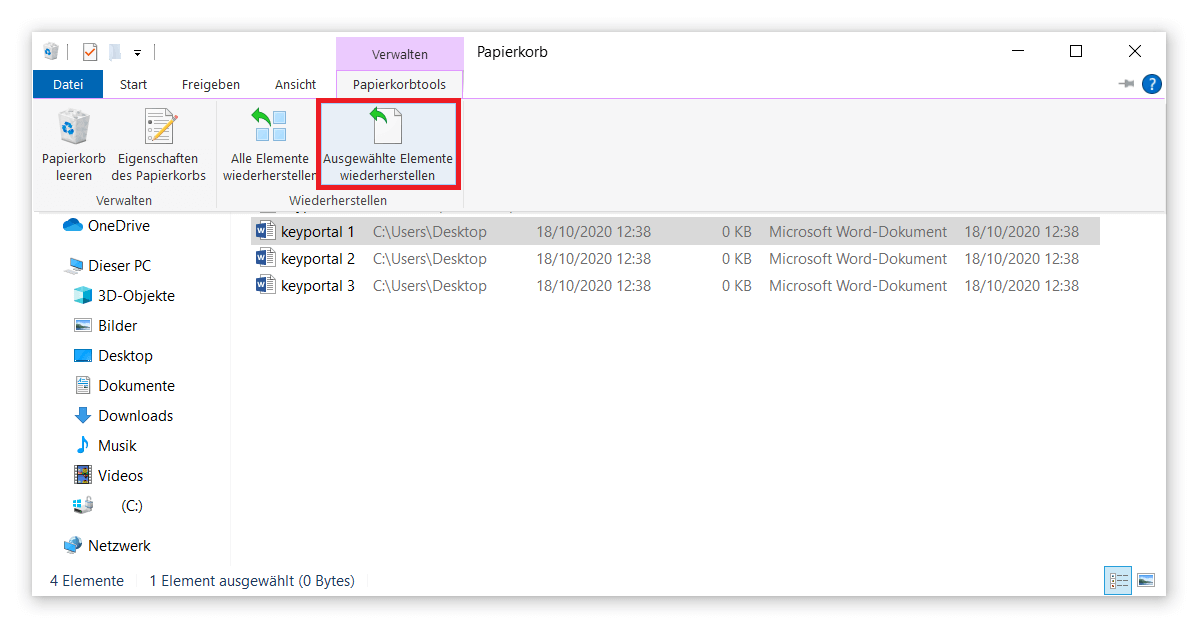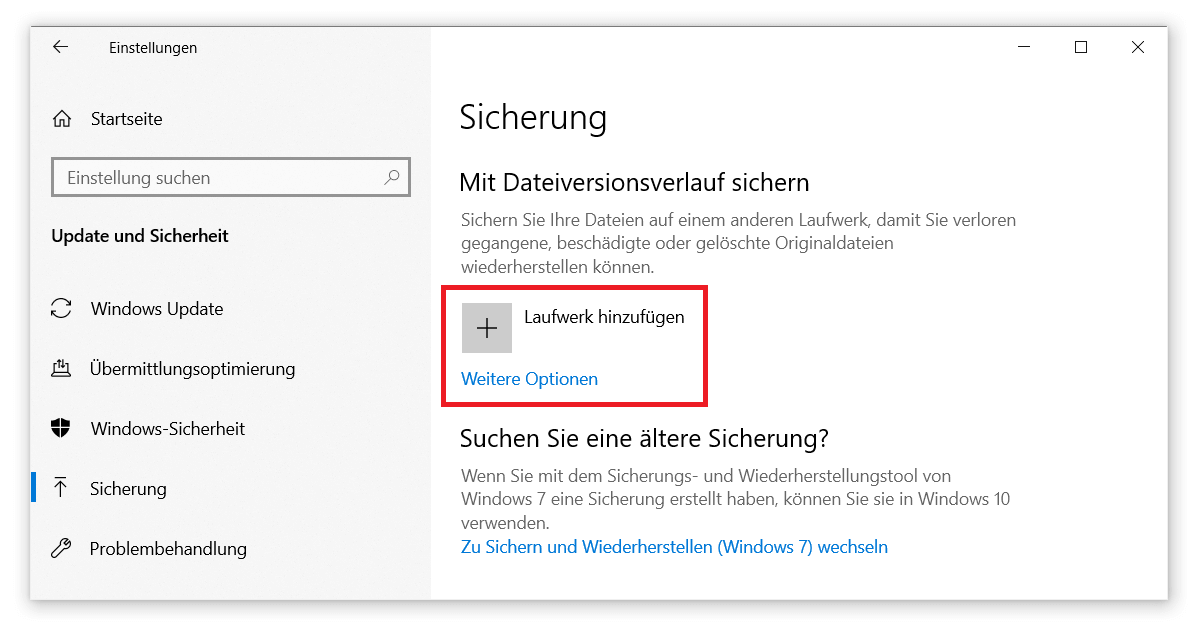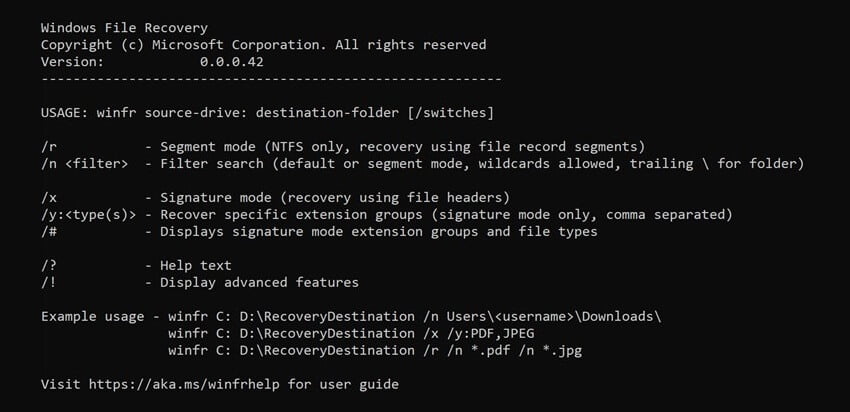How to recover deleted files in Windows 10? The management of your documents and images is a central element of almost all operating systems. Especially if you work on a laptop or PC every day and may also spend many hours in front of the screen in your free time. During the sorting process or when copying files to your second hard disk, important data is often lost.
Fortunately, there are several ways to recover deleted files in Windows 10. This is because usually the items have not been completely removed, but merely prepared for overwriting. This is especially true for all data whose deletion happened only recently.

Basically, you have different options to recover deleted files in Windows 10. We will show you a few general as well as some advanced options.
How to Recover Deleted Files in Windows 10:
- Using Self-Created Backups
- Check the Windows Recycle Bin
- Set up Windows Backups
- How to Recover Deleted Files in Windows 10 with the App
- Various Recovery Software as a Last Resort
So first, let’s get back to basics:
1. Using Self-Generated Backups
Ideally, you should make regular backups of all your documents anyway so that you can fall back on them in the event of accidental deletion. This does not necessarily mean using an external hard drive to which you have manually copied the deleted data. Often, for example, the automatic storage services of programs like Microsoft Office are based on a cloud server.
Accordingly, for Windows apps, you should check your OneDrive account. Popular alternatives are the American Dropbox, Apple’s iCloud or Google Drive. It’s better to double-check that you haven’t set up a backup via one of these services already. Finally, there is the question of whether you have sent the files by e-mail or via a messenger. These servers can also be used as a backup in case of emergency if you learned how to recover deleted files in Windows 10.

2. Check the Windows Recycle Bin
If you are not doing extensive cleanups like the removal of old Windows versions, deleted data always ends up in the recycle bin at the beginning. The bin usually remains as an icon on the desktop, but is ignored in the further course. This is where it becomes an advantage to empty your electronic recycle bin infrequently if you know how to recover deleted files in Windows 10.
Double-click to open the window where you can see all your (not yet permanently) deleted files. For the sake of clarity, you should sort the contents, preferably by name or the date of deletion. Once you have found what you are looking for, select your choice. With a click on the context menu Recycle Bin Tools, you can now restore selected items. Previously deleted data will be returned to its original location.

3. Setting up Windows Backups
Many features that relied on third-party software solutions in the past are now built directly into your operating system. These tools are available to you in all Windows versions. Windows 10 and 8.1 allow you to recover deleted files in a similar way, while the process was still different in Windows 7.
Running Windows 8 or newer versions on your PC, this is how to recover deleted files in Windows 10:
- Open the settings of your operating system by clicking on the gear icon in the start menu or by pressing the Windows logo key + I. You may have to change your settings first to activate the Windows key.
- Navigate to the Backup tab via the Update and Security item.
- You will also see the option to back up files to OneDrive. To do this, you have to log in to OneDrive.
- The backup of the file version history is very popular. Once you have added a drive, you will find lost, damaged or deleted data in its original form there.
- If you have not too long ago performed the upgrade from Windows 7, it can also be worthwhile to reset to an older backup. To do this, simply run the corresponding wizard.

As you can see, these features all require a one-time setup. Only then can you see how to recover deleted files in Windows 10.
In Windows 7, however, the process is automatic. You can access the Control Panel via the Start button, where you will find the System and Maintenance menu. The Backup and Restore item will take you to the equivalent of the screenshot above. For example, you have the option to restore My Documents, which should affect most of your documents, pictures or videos.
4. How to Recover Deleted Files in Windows 10 with the App
If the previous tips did not help you, there are advanced features for which you need to install special programs. We recommend you the Windows File Recovery app, which is available from the official developers via the Microsoft Store. This has only been possible since the beginning of July 2020, since you need at least version 2004 of Windows 10 to run it.
You can recover all kinds of deleted data – documents from the Explorer, image files from your camera, or even folder structures on a hard drive. The newly introduced signature mode builds on this and goes far beyond the standard NTFS recovery of deleted data. Detailed instructions for Windows File Recovery can be found on Microsoft’s help page.

5. Various Recovery Software as a Last Resort
These mostly free and ad-supported programs will help you if even Windows File Recovery fails.
You have a good chance of success, for example, with the EaseUS Data Recovery Wizard. In the free version, the scope remains slightly limited, but you at least get an overview of all deleted data. The filter function according to file type is particularly practical.
Often the software solution Recuva which belongs to the CCleaner product family and has proven itself over the years. In our test, Recuva was not able to track down as many files as the EaseUS Data Recovery Wizard, but the application still has all the features, such as the useful deep scan, even with the free download.
With that, you’ve exhausted all avenues available to you as a Windows user and finally learned how to recover deleted files in Windows 10. Otherwise, you are left with expensive services like a professional data recovery lab. Therefore, always remember to make a backup of your data at certain intervals. This doesn’t have to take up a lot of disk space at all if you, for example, always make sure to resize your photos.
